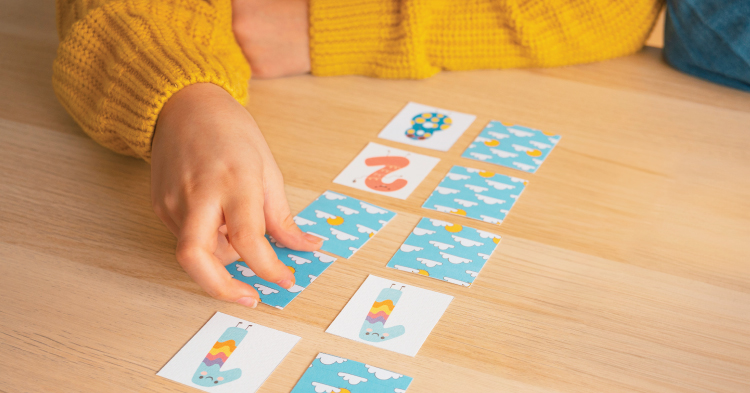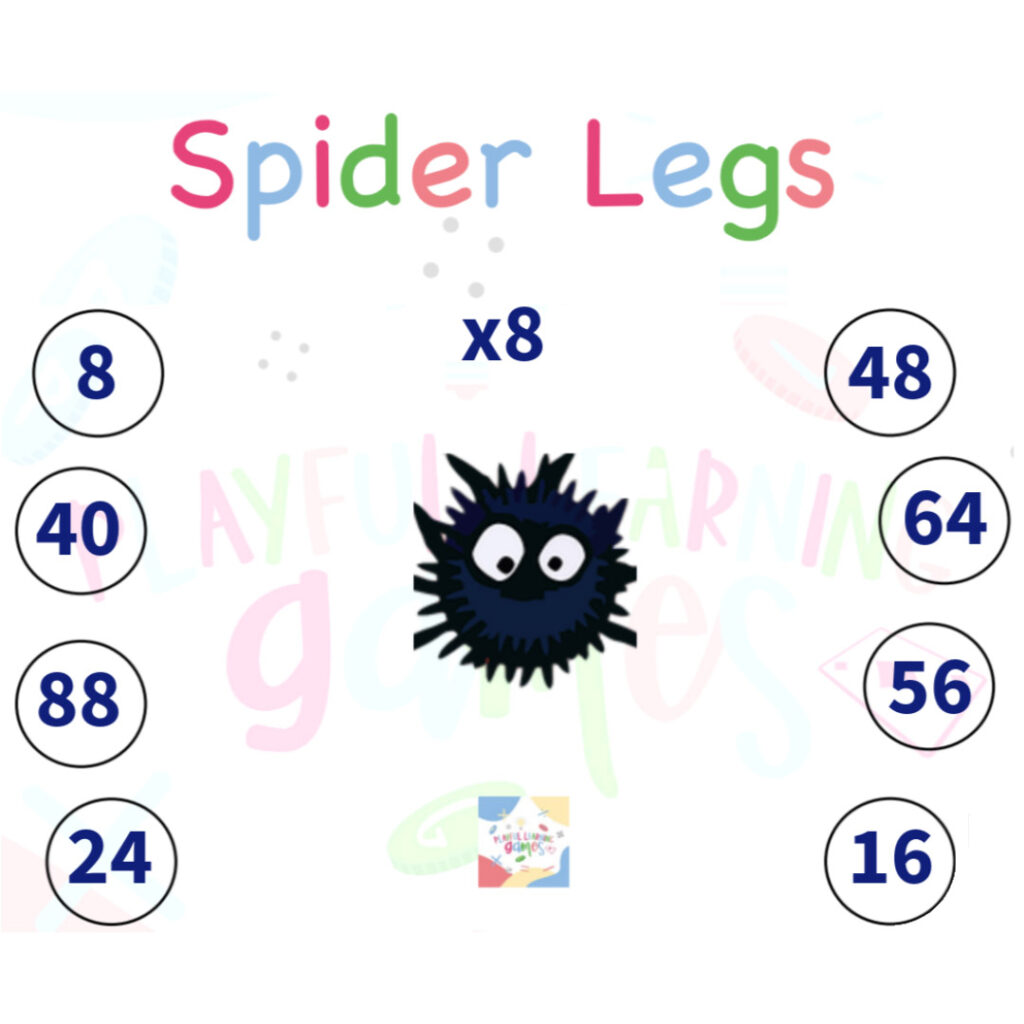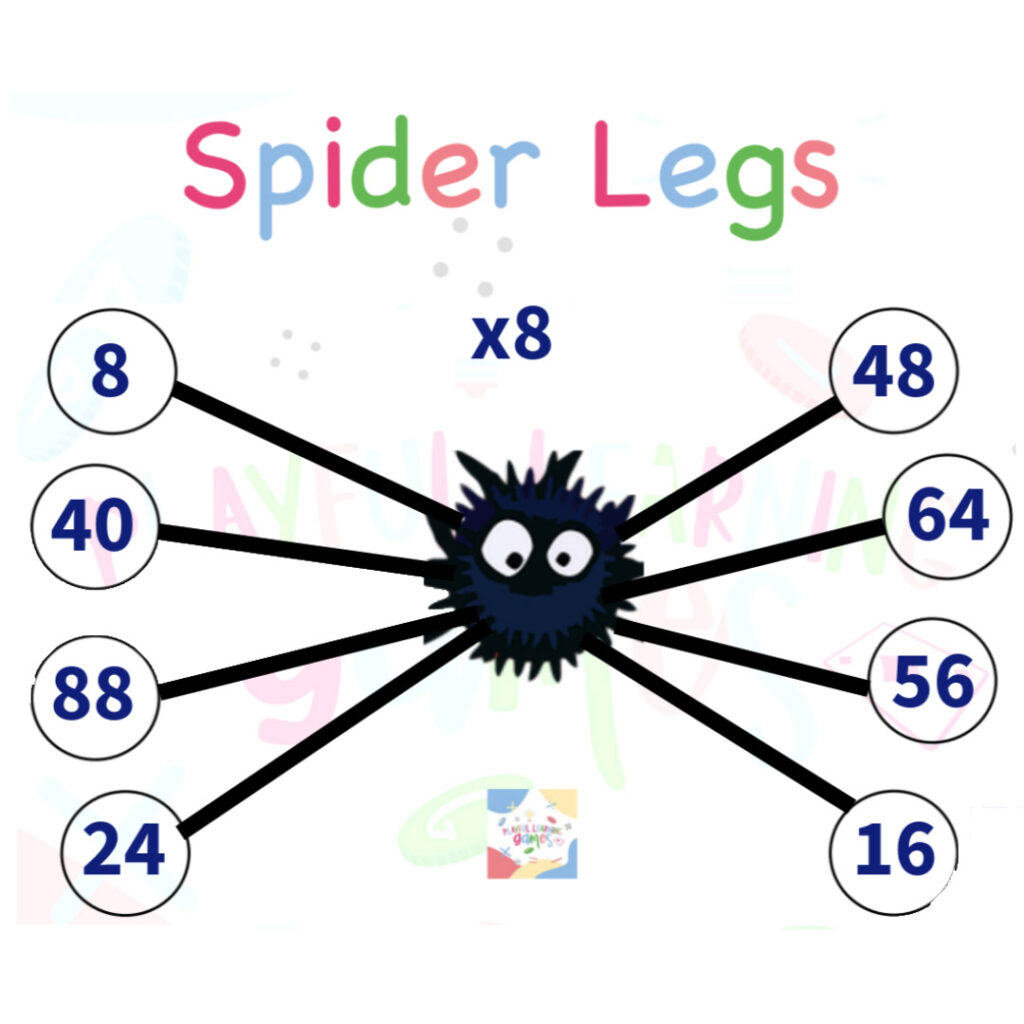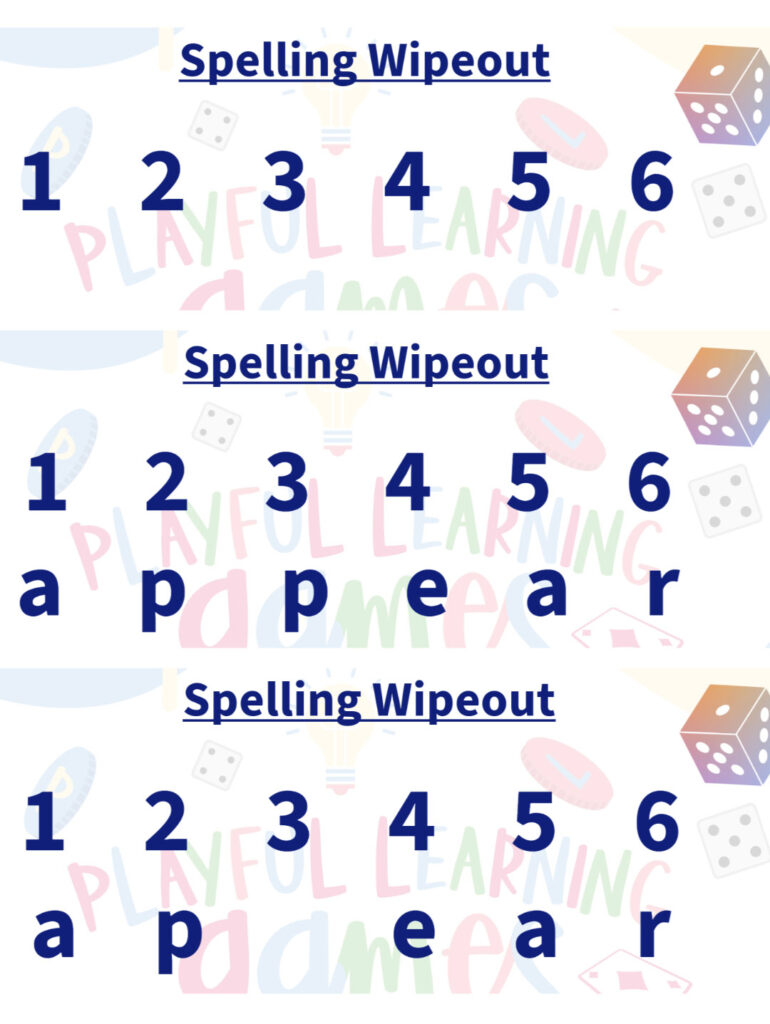Unleashing Potential: The Many Benefits of Play-Based Learning

Originally published October 2024
By Liz Forbes
The word “play” doesn’t often feature in educational settings outside of preschool and nursery school, and it can even instil a bit of fear into teachers of older students. “We don’t have time to play,” many of them say. “We’ve got too many objectives to meet, we need to get evidence in books, we must make sure our students are ready for the next test!”
Over the 15+ years that I’ve taught primary school in the U.K., I’ve been there and have felt exactly the same. I work with Key Stage 2 learners (ages 7–11), and often it feels like there is so much material to cover and simply no time for fun and games. However, over the years I’ve been given the freedom and trust to use play-based methods in my classrooms, and I have discovered that not only can it be done, but using play can make a huge difference, in many ways, to the children I teach.
Play in a KS2 classroom also doesn’t need to be the same kind we are used to seeing with our younger students. We don’t need to redesign our classes or our lesson structures to include elements of play, and we don’t need to spend loads of money on expensive resources. We just need to think a little more creatively about how we can include and engage all the children in our class—and often, adding a fun twist can do just that. The benefits of play-based learning are huge, and we shouldn’t be depriving our children of it just because they are getting older.
There are many so ways we can implement this type of learning into our classrooms. To help you get started, I’m going to share a few simple games that are always a hit with my students.
Spider Legs: A Math Game
Often when a math lesson begins, you might put some recap questions on the board as the first task. This is fine, but it can lead to a range of issues. Some children complete this task in two seconds flat and then have nothing else to do, some go at their own pace and perhaps don’t complete as much as they could, and others find it difficult and become stressed that they’ll be asked to give an answer (fight or flight mode activated). But by adding an element of play to the beginning of your lesson, you can change this and ensure all the children are involved, while also giving you a bit of extra time for assessment and support.
One of my favourite games that can be used for times tables, number bond practice, or addition and subtraction is called “Spider Legs.” All you need to play is a pen and paper, along with two dice.
Draw the spider’s body and four circles on either side of it—these will become the feet. If you are practicing a particular times table, write a multiple of that times table in each foot. Now, here’s how the students play:
- Roll the two dice.
- Add up the total shown by the dice.
- Multiply that total by the specified times table.
- If the answer is in one of the spider’s feet, draw a leg from the body to the foot.
- Continue rolling the dice until all the spider’s legs have been found.
This game doesn’t need a partner; students can roll and solve at their own pace and the teacher can observe and assess while they’re playing.


One simple change to the start of a lesson can ensure that all children are engaged and more willing to participate. Suddenly, they can feel safe to make mistakes as they play a game with no pressure attached. They’re also more likely to continue with the same motivation throughout the entire lesson, because the fun activity they just completed will have secreted substances into their brain that help and support the growth of brain cells.
Fun Spelling Lessons (yes it can be done!)
There are an endless number of ways you can put playful twists on spelling, grammar, and punctuation lessons. Let’s move away from dull and repetitive “look, cover, write, check” activities or filling in missing words on a worksheet, and instead shift our thinking to something more exciting. “Spelling Wipeout” is an easy game to play, but it is also a lot of fun. Best of all, this game will help students remember how to spell a word much more effectively than writing it out repeatedly will.
Simply write the word to practice on a whiteboard or piece of paper. Label each of the letters with a number (in numerical order). If it’s a word that’s six letters or less, you can use a standard die. For longer words, use two dice or one which goes beyond six. Players roll the dice and rub out the corresponding letter. They continue to do this until all the letters have been rubbed out, and then they must quickly try to re-write the word.
Again, this game isn’t anything particularly revolutionary, just a slight twist on the general “write a list of spelling words” assignment. I can guarantee children will be more receptive to taking part in this activity, and the enjoyment of play will help them to retain their spelling words for longer.
Time to Get Started
Learning through play will have an impact on the children in your class. Through play-based lessons, children learn to share, cooperate, solve problems, handle conflict, be patient, and make links with other previous learning—to name just a few of the benefits.
Since adopting this type of learning in my own teaching, I’ve noticed a huge difference in the students’ behaviour and in the engagement of the class as a whole. I also find that children are more able to retain information and apply it to other areas of their learning, and that they become more independent learners who want to solve the games’ problems and puzzles all by themselves.
As well, adapting your lessons in this way gives you, the teacher, more time to assess the students’ understanding, enabling you to pick up on misconceptions quickly and challenge pupils further.
So, what are you waiting for? With all these benefits of play-based learning, it’s got to be worth a try! My advice would be to start small. Take one section of your lesson and see if you can add a playful twist to it. How can you turn that list of questions on the board into a game? How could you add a resource to support children in solving a problem/giving an answer? Instead of spending all your time lecturing at the front of the classroom, what could you do to pass the ownership of learning onto the children?
I have plenty of ideas on my website and social media channels if you’re in need of some inspiration—visit Playful Learning Games online or check out @playfullearninggames on Instagram, Facebook, or TikTok.
Start small, see the benefits, and feel more confident to add play into your teaching day.
Liz Forbes has been a primary school teacher and deputy head for over 15 years and now runs Playful Learning Games, which specialises in producing English and math play-based teaching and learning resources for children ages 6–11. Her aim is to support teachers and parents in facilitating learning through play for all children, no matter their age.

